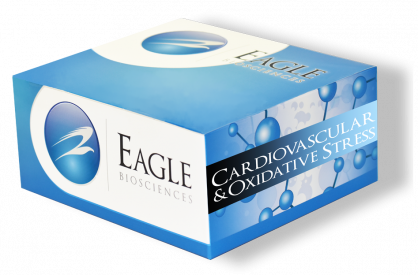IL-8 Human ELISA Assay
The IL-8 Human ELISA Assay is For Research Use Only
Size: 1×96 wells
Sensitivity: 4 pg/mL
Dynamic Range: 31.25 – 1000 pg/ml
Incubation Time: 3.5 hours
Sample Type: Serum, Plasma, Cell Culture
Sample Size: 100 µl
Alternative Names: Interleukin 8, IL8
Assay Background
Interleukin 8 (IL-8), a member of the neutrophil-specific CXC subfamily of chemokines, is a potent neutrophil chemotactic and activating factor. It is a primary inflammatory cytokine produced by many cells including monocytes/ macrophages, T cells, neutrophils, fibroblasts, endothelial cells, keratinocytes, hepatocytes, astrocytes and chondrocytes. It is in response to proinflammatory stimuli such as IL-1, TNF, LPS and viruses. Its function is, in part, to attract neutrophils to the site of inflammation and to activate them (1-6).
The human IL-8 cDNA sequence predicts a protein of 99 amino acids. Removal of a 22-residue signal peptide generates a mature protein of 77 amino acids (~ 8 kDa). Further proteolysis of the N-terminal end leads to a variant form with 72 amino acids; full activation of IL-8 may require cleavage to the 72 amino acid form. IL-8 can form non-covalent dimers in solution, especially at high concentrations, but dimerization is not necessary for biological activity. IL-8 binds to two seven-transmembrane, G protein-coupled receptors, CXCR1 and CXCR2, as well as to the non-signaling Duffy antigen on red-blood cells. The Duffy antigen may play a role in regulating IL-8 activity on functional receptors.


